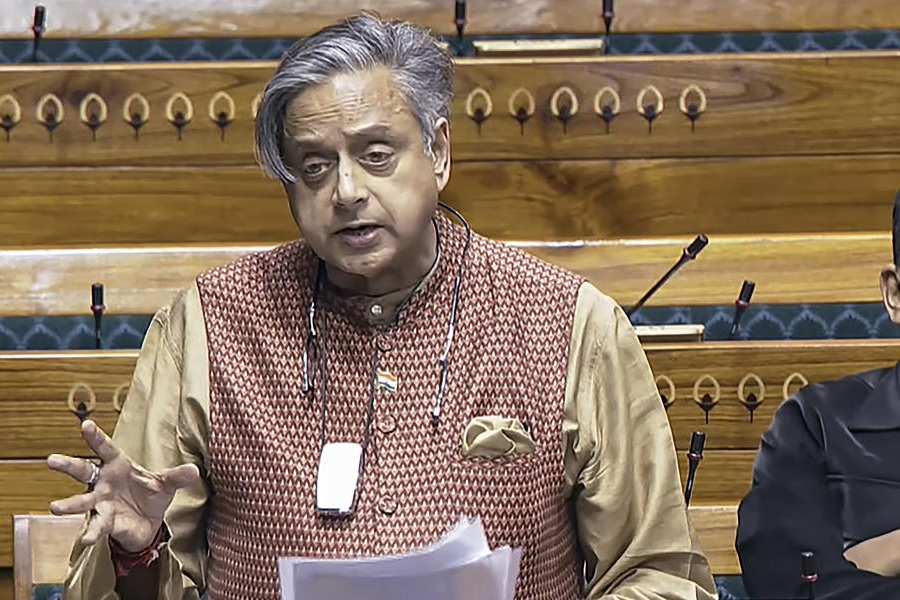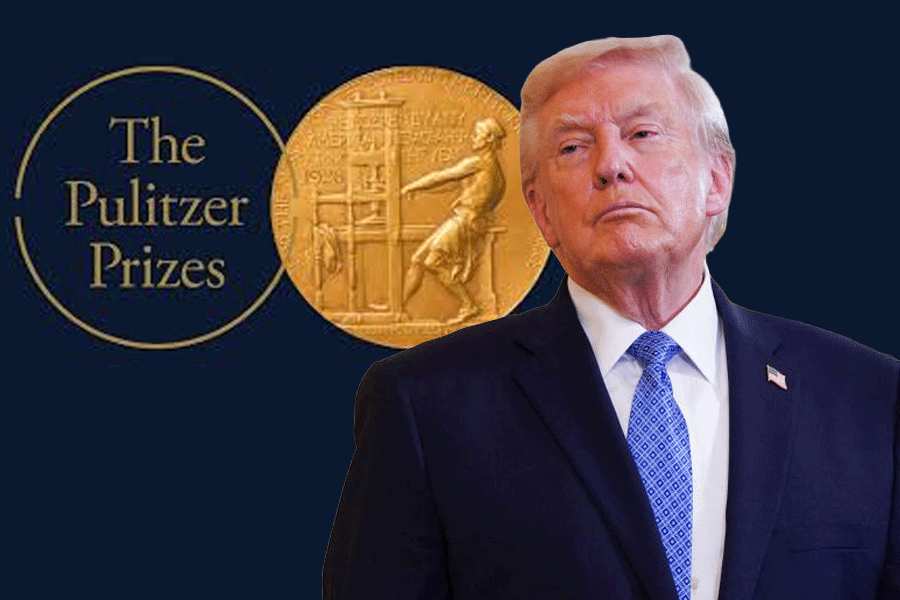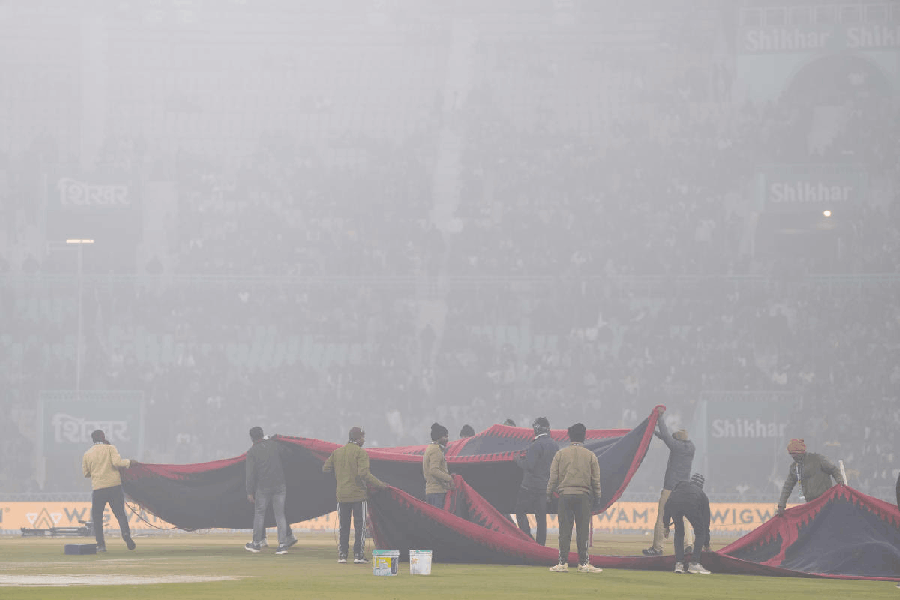 |
| Nirupama Rao |
Washington, Feb. 20: Twitter and Google may be the great levellers of society in the 21st century and promote democracy from China to Egypt, but in the rigidly stratified world of Indian bureaucracy, it will take a lot more for social networking to make any dent.
Ten days after foreign secretary Nirupama Rao broke new ground by opening her Twitter account, only one member of the Indian Foreign Service (IFS) appears to have dared to openly become her “follower” and blaze a direct channel of communication with the head of the IFS.
And he happens to be a maverick, who was disciplined in the past for his activities. One follower of Rao’s, possibly another IFS officer, has opened an account under the assumed username of “masked diplomat”, presumably because he/she does not want to rock the system or challenge the rules.
In the IFS — as in the rest of the civil services in India — access to the head of service must be through the proper channel. It is frowned upon in the civil service tradition, indeed almost impossible, even for a joint secretary in South Block who reports to another secretary to call on or communicate with the foreign secretary unless the junior officer is summoned by the head of the IFS.
Rao has been the most transparent and the most informal among India’s foreign secretaries, loosening the rules somewhat: she is said to be the first senior Indian civil servant to have a Twitter account and break an unwritten rule of the top bureaucracy against dealing directly with the common man on official matters.
By convention, foreign secretaries have no public persona. Their statements, vetted for every word in the best traditions of diplomacy, have historically filtered down the system and found an outlet through the spokesperson for the ministry of external affairs (MEA).
Rao has advisedly broken such taboos and has become the most frequent public speaker among India’s foreign secretaries, a practice gingerly set in motion by one of her predecessors, Shyam Saran, and followed up and expanded by another, Shiv Shankar Menon.
Until their tenures, the public face of the MEA was always its cabinet minister. Leftovers of public relations were given to junior ministers until Shashi Tharoor challenged this and paid, partly, for what the establishment saw as his indiscretions in doing so.
The foreign secretary acquired a following of 150 members on Twitter within an hour of her account going active on February 11, shortly before she emplaned for New York to be with external affairs minister S.M. Krishna for his maiden address to the UN Security Council.
At the time of writing, she has 2,092 followers — a nearly 100 per cent increase in the last 12 hours. Her ministry made public her Twitter link — @forsecNRao — on its website yesterday.
Her account is swarming with journalists, not just the ones in New Delhi who cover South Block, but others from Kashmir to Kerala and virtually every foreign correspondent posted in South Asia. Rao was one of the most popular spokespersons that the MEA has had.
Several foreign offices have hastily cottoned on to Rao’s Twitter site and are following her, including Britain’s Foreign and Commonwealth Office (FCO), a tribute to her standing in the arena of global diplomacy.
While Rao already has a growing following in multiples of thousand, she is clearly very choosy about who she is following. The foreign secretary is so far only following 45 other Twitter members and her choices reflect her personality and tastes.
Among them are The London Review of Books, which is described as “the liveliest, the most serious and also the most radical literary magazine”, and The New York Review of Books, which calls itself “the premier literary-intellectual magazine in the English language”.
Rao was a student of English literature and has written a book of poetry, Rain Rising, which was published in India and also released in Sri Lanka. Her poetry has been translated into Chinese and Russian.
In the media, interestingly, she follows the National Public Radio, popularly known as NPR, one of America’s dwindling independent media outlets and The Daily Beast, a refreshing and relatively new Internet newspaper whose claim to fame is partly that its “Twitter feed (is) managed by humans, not robots”.
Among Indian politicians, she follows Jammu and Kashmir chief minister Omar Abdullah and Shashi Tharoor. India’s abiding interest in Afghanistan is evident in her close attention to Twitter feeds from several sites in Afghanistan, including a policy research organisation, the Afghanistan Analysts Network and the Mission of the US Forces there.
The foreign secretary also closely follows the activities of Farah Pandith, President Barack Obama’s Special Representative to Muslim communities.










